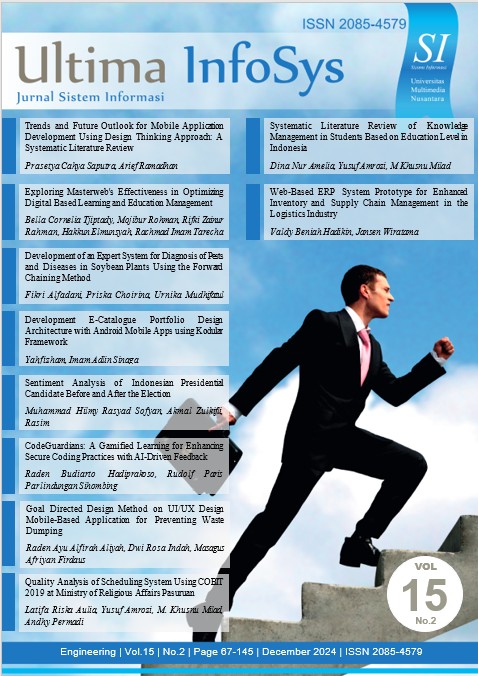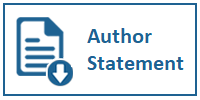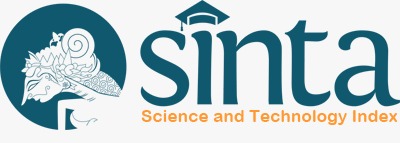Trends and Future Outlook for Mobile Application Development Using Design Thinking Approach: A Systematic Literature Review
DOI:
https://doi.org/10.31937/si.v15i2.3446Abstract
In today's technological world, mobile-based application development has become a crucial and integral element for achieving competitive advantage. Various fields have tried to create mobile applications. One widely used method is Design Thinking, which focuses on creating more innovative, user-focused, and contextual solutions. This writing reviews mobile application development using the Design Thinking approach as the main method. In this research, the author explores the basic principles of Design Thinking, its processes, and how they can be applied effectively in the stages of mobile application development. The authors also analyze the benefits derived from this approach, including improved product quality, positive user response, and the potential to meet changing market needs. The results illustrate that the Design Thinking approach is not just an application development tool, but also a philosophy that drives better innovation and more relevant solutions. This SLR will display research results to what extent the Design Thinking approach in mobile application development has been used.
Downloads
Downloads
Published
How to Cite
Issue
Section
License
Authors retain copyright and grant the journal right of first publication with the work simultaneously licensed under a Creative Commons Attribution-ShareAlike International License (CC-BY-SA 4.0) that allows others to share the work with an acknowledgement of the work's authorship and initial publication in this journal.
Authors are able to enter into separate, additional contractual arrangements for the non-exclusive distribution of the journal's published version of the work (e.g., post it to an institutional repository or publish it in a book), with an acknowledgement of its initial publication in this journal.
Copyright without Restrictions
The journal allows the author(s) to hold the copyright without restrictions and will retain publishing rights without restrictions.
The submitted papers are assumed to contain no proprietary material unprotected by patent or patent application; responsibility for technical content and for protection of proprietary material rests solely with the author(s) and their organizations and is not the responsibility of the ULTIMA InfoSys or its Editorial Staff. The main (first/corresponding) author is responsible for ensuring that the article has been seen and approved by all the other authors. It is the responsibility of the author to obtain all necessary copyright release permissions for the use of any copyrighted materials in the manuscript prior to the submission.















